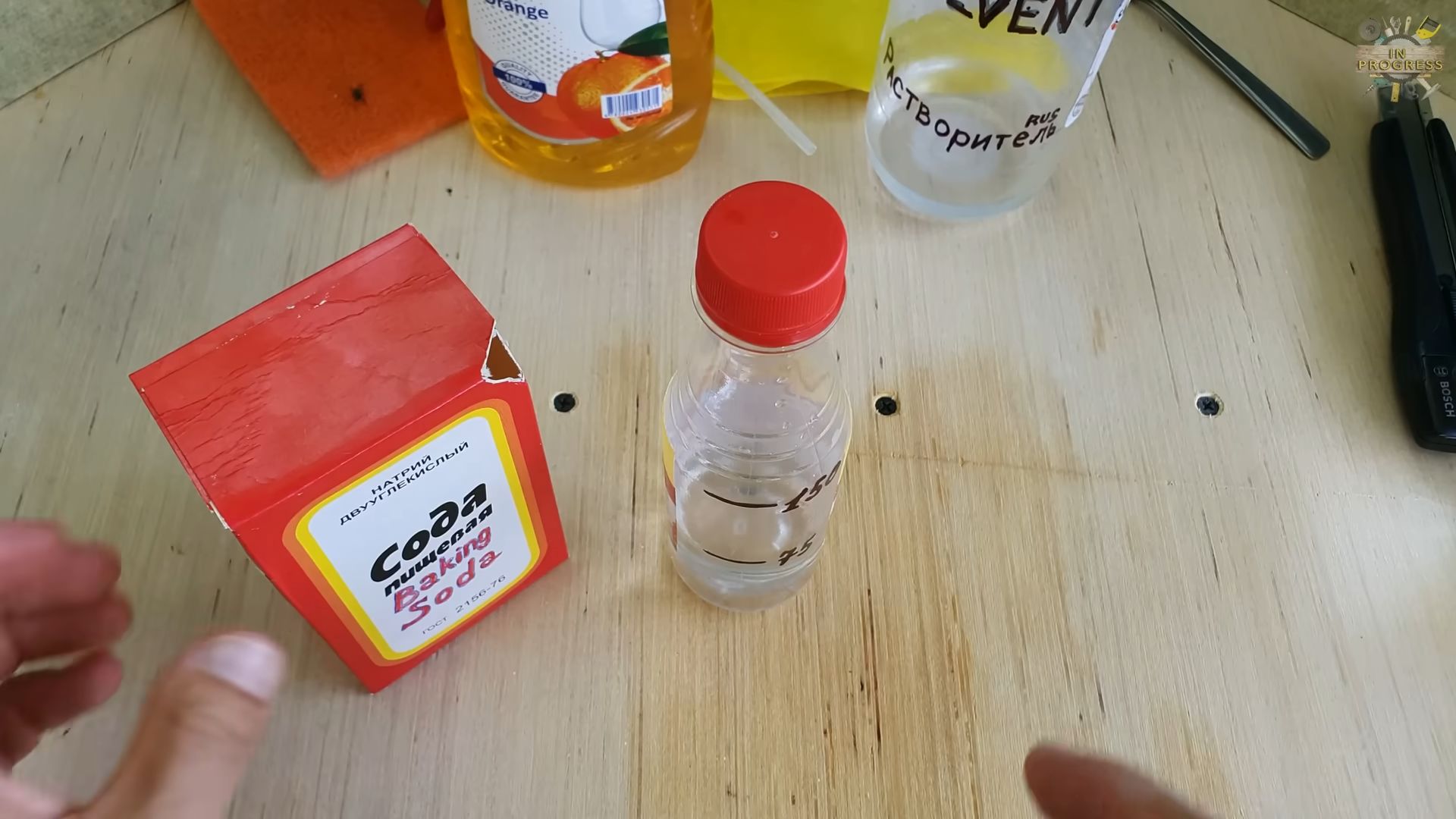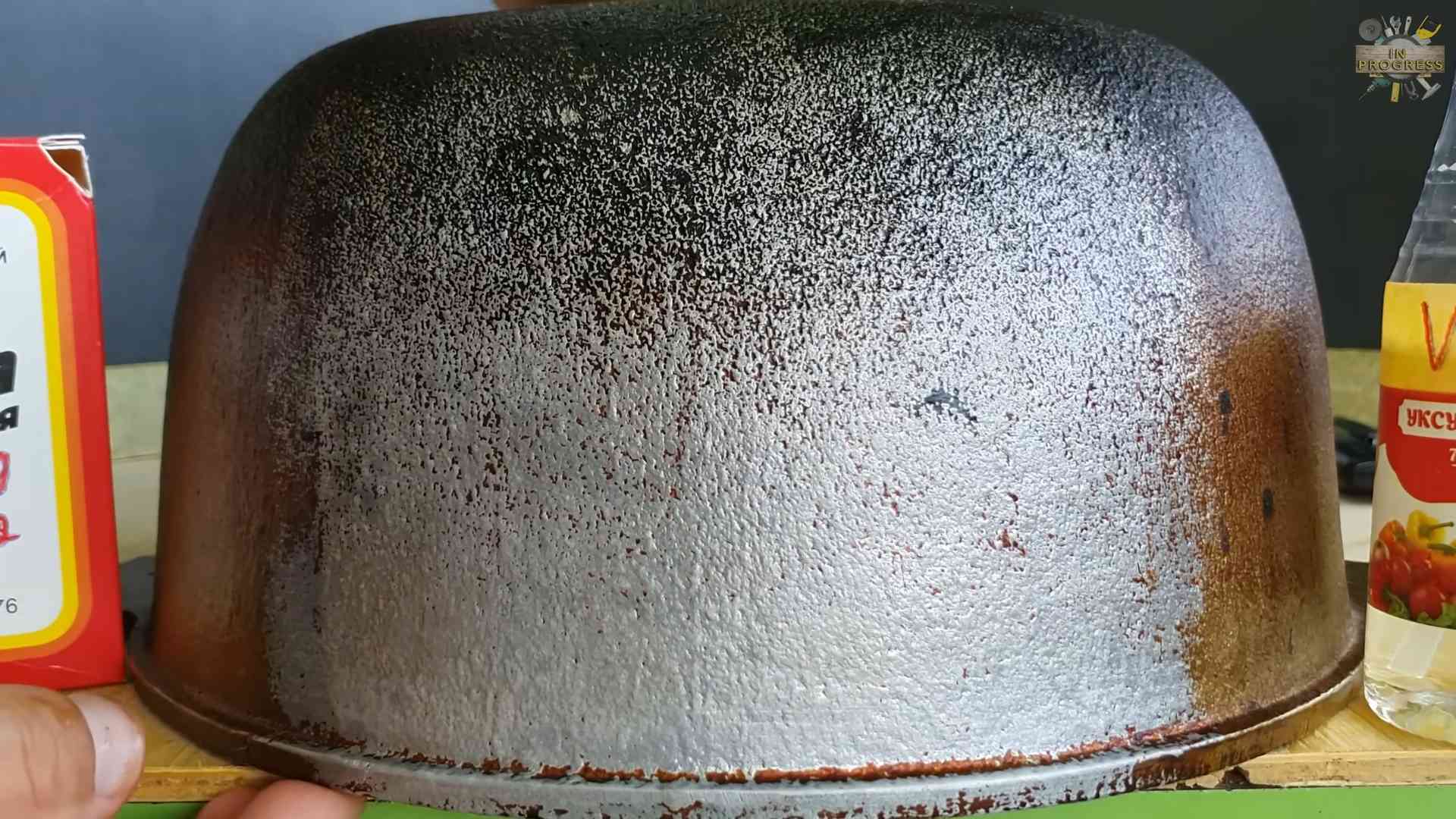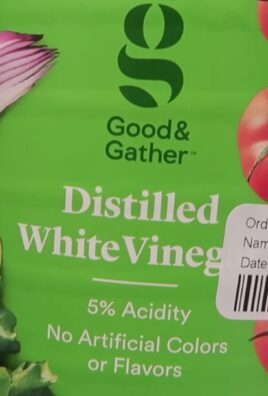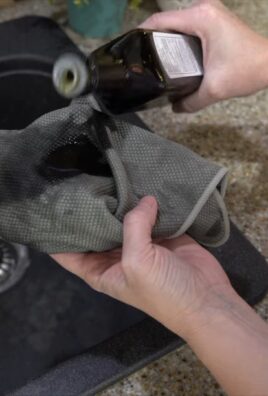Baking Soda Vinegar Cleaning: Your Secret Weapon for a Sparkling Home
I’ve always loved the feeling of a truly clean home, that sparkling freshness that makes you breathe a little easier. But let’s be honest, harsh chemical cleaners can be expensive, and frankly, a little scary. That’s why I’m so excited to share my favorite baking soda vinegar cleaning tricks with you – simple, effective, and completely natural solutions that will leave your home gleaming!
The use of baking soda and vinegar for cleaning isn’t some newfangled trend; it’s a time-honored tradition. For generations, people have relied on the power of these pantry staples to tackle grime and dirt. My grandmother, a master of frugal living, swore by baking soda vinegar cleaning, using it for everything from scrubbing stubborn stains to deodorizing carpets. She taught me the value of these simple ingredients, and now I’m passing that knowledge on to you.
Why You Need These DIY Cleaning Hacks
In today’s world, we’re all looking for ways to save money and reduce our environmental impact. Baking soda vinegar cleaning offers a fantastic solution. These inexpensive ingredients are readily available, making them a budget-friendly alternative to commercial cleaners. Plus, they’re environmentally friendly, avoiding harsh chemicals that can harm your family and the planet. You’ll be amazed at how effective these simple solutions are in tackling even the toughest messes, leaving your home sparkling clean without the harmful chemicals.
So, get ready to ditch the expensive, chemical-laden cleaners and embrace the power of nature! Let’s dive into these amazing baking soda vinegar cleaning tricks that will transform your cleaning routine and leave your home feeling fresh and clean.

Unlocking the Power of Baking Soda and Vinegar: A Deep Clean for Your Home
Baking soda and vinegar. Two pantry staples that are surprisingly powerful cleaning agents! I’m going to show you how to harness their cleaning power for a sparkling clean home, tackling everything from stubborn grime to grimy grout. Get ready to ditch the harsh chemicals and embrace this eco-friendly, budget-friendly cleaning duo.
Getting Started: Gathering Your Supplies
- Baking soda (the more, the merrier!)
- White vinegar (distilled is best)
- Spray bottles (at least two)
- Microfiber cloths (or other soft cloths)
- Scrub brushes (various sizes and stiffnesses)
- Rubber gloves (optional, but recommended for sensitive skin)
- Measuring cups and spoons
Phase 1: Making Your Cleaning Solutions
- Baking Soda Paste: For scrubbing power, mix baking soda with a little water to create a paste. The consistency should be like toothpaste. You can adjust the water amount to get the right texture. Too much water will make it runny; too little will make it too thick to spread.
- Vinegar Spray: Fill one spray bottle about ¾ full with white vinegar. Top it off with water. This solution is great for cutting through grease and grime.
- Baking Soda Spray (Optional): In a second spray bottle, mix 1/4 cup baking soda with 1 cup of warm water. Shake vigorously to combine. This is a gentler cleaner, ideal for delicate surfaces.
Phase 2: Tackling Different Surfaces
Cleaning Countertops
- Start by wiping down your countertops with a damp cloth to remove loose debris.
- For stubborn stains or sticky residue, spray the vinegar solution onto the affected areas. Let it sit for a few minutes to loosen the grime.
- Sprinkle baking soda directly onto the surface, focusing on areas with heavier stains.
- Using a damp sponge or cloth, gently scrub the baking soda into the surface, working in circular motions. The fizzing action helps lift dirt and grime.
- Rinse thoroughly with clean water and wipe dry with a clean microfiber cloth. Avoid using abrasive scrubbers on delicate countertops like granite or marble.
Cleaning the Bathroom
- Toilet Bowl: Pour 1 cup of baking soda into the toilet bowl. Follow with 1 cup of vinegar. Let it fizz for about 30 minutes. Scrub with a toilet brush, paying attention to the waterline. Flush thoroughly.
- Shower and Tub: Spray the vinegar solution liberally on the shower walls, tub, and showerhead. Let it sit for 15-20 minutes. For stubborn soap scum or mildew, apply the baking soda paste and scrub with a brush. Rinse thoroughly.
- Bathroom Sink and Faucets: Apply the baking soda paste to the sink and faucets. Scrub gently with a soft cloth or sponge. Rinse and wipe dry.
- Grout: For really grimy grout, apply the baking soda paste generously. Let it sit for a few minutes, then scrub vigorously with an old toothbrush or grout brush. Rinse thoroughly and allow to dry completely. For severely stained grout, you may need to repeat this process.
Cleaning the Kitchen
- Microwave: Fill a microwave-safe bowl with 1 cup of water and 1 tablespoon of vinegar. Microwave on high for 5 minutes. The steam will loosen food splatters. Wipe clean with a damp cloth.
- Oven (Light Cleaning): For light cleaning, sprinkle baking soda on the bottom of the oven. Spray with vinegar and let it fizz. After about 30 minutes, wipe clean with a damp cloth. For heavy oven cleaning, consider a more intensive method.
- Sink and Dishes: For tough grease on dishes, sprinkle baking soda on the sponge before washing. For a sparkling sink, sprinkle baking soda and scrub with a damp sponge. Rinse thoroughly.
- Cutting Boards: Sprinkle baking soda on the cutting board and scrub with a damp sponge or brush. Rinse and dry thoroughly. This helps sanitize and remove odors.
Cleaning Other Areas
- Glass and Mirrors: Mix equal parts water and vinegar in a spray bottle. Spray onto glass surfaces and wipe clean with a microfiber cloth for streak-free shine.
- Floors (Tile and Linoleum): Add 1/2 cup of vinegar to a bucket of warm water. Mop your floors as usual. Always test a small, inconspicuous area first to ensure the solution doesn’t damage your flooring.
- Laundry: Add 1/2 cup of baking soda to your washing machine during the wash cycle to boost cleaning power and soften clothes. For tough stains, pre-treat with a paste of baking soda and water.
Phase 3: Important Reminders
- Always test any cleaning solution on a small, inconspicuous area first to ensure it doesn’t damage the surface.
- Rinse thoroughly after cleaning to remove any residue.
- Allow surfaces to air dry completely to prevent water spots.
- Baking soda and vinegar are natural cleaners, but they may not be effective against all types of stains or grime. For stubborn stains, you may need to use a stronger cleaning agent.
- Never mix baking soda and vinegar in a closed container, as the reaction can create pressure and cause the container to burst.

Conclusion
So there you have it – a comprehensive guide to harnessing the incredible cleaning power of baking soda and vinegar! This simple yet effective baking soda vinegar cleaning method is a must-try for anyone looking for a natural, affordable, and environmentally friendly way to tackle household grime. Forget harsh chemicals and their potentially harmful fumes; this DIY solution offers a safe and effective alternative for a sparkling clean home. From tackling stubborn stains on countertops to effortlessly removing limescale from your showerhead, the versatility of this duo is truly remarkable. You’ll be amazed at how easily it cuts through grease, disinfects surfaces, and leaves your home smelling fresh and clean. The best part? You likely already have these ingredients in your pantry!
Beyond the basic method outlined, the possibilities for customization are endless. Experiment with different ratios of baking soda and vinegar to find what works best for your specific cleaning needs. For tougher stains, consider letting the paste sit for a longer period before scrubbing. For delicate surfaces, always test a small, inconspicuous area first. You can also enhance the cleaning power by adding a few drops of your favorite essential oil for a pleasant aroma. Lavender for a calming scent in the bathroom, lemon for a fresh kitchen, or tea tree oil for its natural antiseptic properties – the options are limitless!
Consider these variations to further expand your baking soda vinegar cleaning arsenal:
- For a deeper clean on ovens: Create a thick paste and apply it to the interior of your oven, letting it sit overnight before scrubbing.
- For removing mildew from grout: Make a paste and apply it to the affected areas, letting it sit for 30 minutes before scrubbing with a stiff brush.
- For cleaning your washing machine: Add a cup of baking soda to the detergent dispenser and a cup of vinegar to the fabric softener dispenser, then run a hot water cycle.
- For unclogging drains: Pour a cup of baking soda down the drain, followed by a cup of vinegar. Let it fizz for 30 minutes, then flush with hot water.
Don’t be afraid to experiment and discover your own favorite baking soda vinegar cleaning techniques. The possibilities are truly endless, and the results are consistently impressive. This is more than just a cleaning method; it’s a sustainable lifestyle choice that benefits both your home and the environment. We encourage you to try this amazing DIY trick and share your experiences with us! Let us know in the comments below what you cleaned, what results you achieved, and any creative variations you discovered. Let’s build a community of eco-conscious cleaners together!
Frequently Asked Questions
We understand you might have some questions about using baking soda and vinegar for cleaning. Here are some answers to frequently asked questions:
Q: Is baking soda vinegar cleaning safe for all surfaces?
A: While generally safe, it’s crucial to test a small, inconspicuous area first, especially on delicate surfaces like marble or granite. Baking soda and vinegar are mildly abrasive, so prolonged exposure could potentially damage some materials. Avoid using this method on unsealed wood or certain types of painted surfaces.
Q: What happens if I mix baking soda and vinegar in a closed container?
A: Mixing baking soda and vinegar in a sealed container can create a significant amount of pressure due to the carbon dioxide gas produced. This could potentially cause the container to burst. Always mix them in an open container or directly on the surface you are cleaning.
Q: Can I use this method on my stainless steel appliances?
A: Yes, but use caution. While generally safe, excessive scrubbing can dull the shine of stainless steel. Use a soft cloth or sponge and avoid harsh scrubbing. Always test a small area first.
Q: How often can I use baking soda and vinegar for cleaning?
A: You can use this method as often as needed, depending on your cleaning schedule and the level of soiling. For regular maintenance, a weekly cleaning with baking soda and vinegar is often sufficient for many surfaces.
Q: Does baking soda vinegar cleaning disinfect?
A: While baking soda and vinegar are not sterilizing agents in the same way as bleach, they do possess some disinfecting properties. The acidity of vinegar helps kill some bacteria and viruses, while baking soda’s abrasive nature helps remove dirt and grime where germs can hide. For thorough disinfection, especially in areas with high germ exposure, consider using a separate disinfectant after cleaning with baking soda and vinegar.
Q: What should I do if I accidentally get baking soda and vinegar in my eyes?
A: Immediately flush your eyes with plenty of cool, clean water for at least 15 minutes. If irritation persists, seek medical attention.
Q: Where can I buy baking soda and vinegar?
A: Baking soda and vinegar are readily available at most grocery stores, supermarkets, and pharmacies. They are inexpensive and easily accessible cleaning solutions.
Q: Are there any environmental benefits to using baking soda vinegar cleaning?
A: Absolutely! This method is a much more environmentally friendly alternative to harsh chemical cleaners. Baking soda and vinegar are natural products that are biodegradable and don’t contain harmful chemicals that can pollute waterways or harm wildlife. By choosing this method, you’re making a conscious effort to reduce your environmental impact.




Leave a Comment